Heel Pain
Does Your Heel Hurt?
Heel pain is the most common type of pain occurring in the foot.
There are different types of heel pain that can present in different areas of the heel. Some of the most common types of heel pain include Plantar fasciitis, Sever’s disease, Heel Spurs, Pump Bump and a Calcaneal Stress Fracture.
Most people will experience some type of heel pain in their life. It is important to accurately diagnose the pain in so that a proper treatment plan can be formed for treatment and relief. Sometimes people can research the heel pain and determine home remedy and treatment that proves effective. But if the pain does not quickly subside it is important to see a doctor for an accurate diagnosis, otherwise the problem may worsen, and the pain will become more severe.
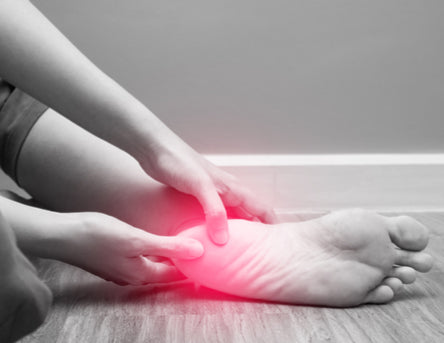
Most people will experience some form of heel pain in their life.
We Recommend
-
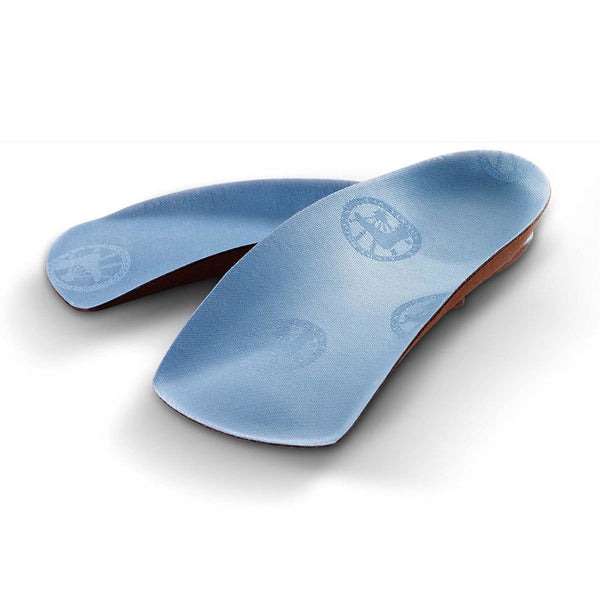
Blue Footbed Sport
$59.95
-
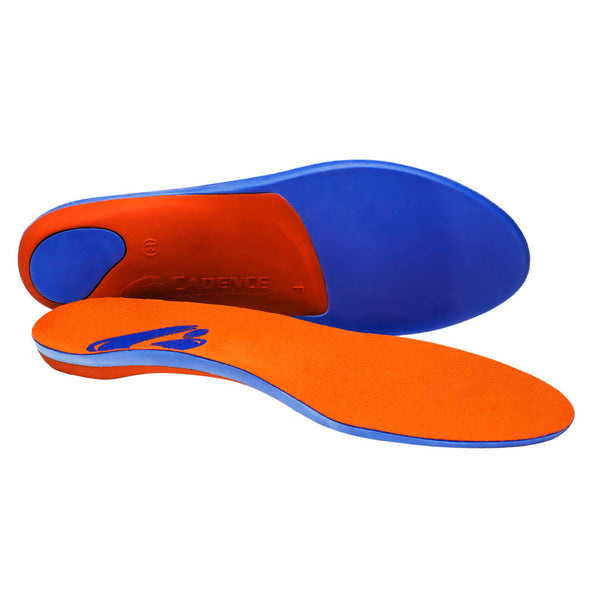
Cadence Original
$44.95
-
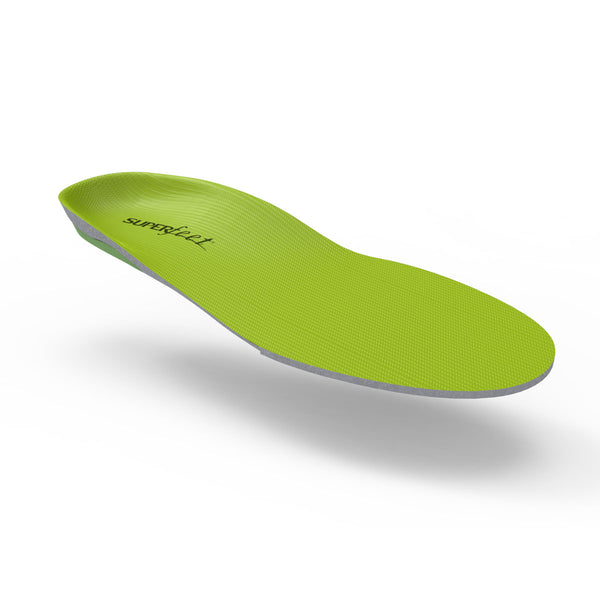
What Is Heel Pain?
Your heel is the first thing that strikes the ground when you walk. It takes the brunt of force for each step and heel contact with the ground is necessary for normal gait (walking). Because of this, it is difficult to avoid pressure on the heel when walking. So why does your heel hurt? Below we will look at some different types of heel pain. Click on the link for a more extensive explanation of the pain including descriptions, causes, and treatments.
Plantar Fasciitis
Plantar Fasciitis pain is caused by inflammation of the plantar fascia, which is a fibrous band of tissue that forms the integrity of the arch. The plantar fascia originates at the heel and stretches all the way to the insertion points between the toes. The pain from plantar fasciitis is usually the worst when stepping out of bed first thing in the morning. Without treatment the pain can become excruciating to the point where it makes walking very difficult.
Sever’s Disease
Sever's Disease is a condition that is most commonly seen in active boys between the ages of 8 to 13 years old. The pain occurs because of inflammation and tenderness in the growth plate of the heel and can especially worsen during a growth spurt. It will usually resolve on its own after some time but can be very painful, making walking, running, and sports difficult.
Heel Spurs
Heel Spurs are a boney prominence that protrude from the heel bone. Though many people assume that a heel spur is painful, heel spurs themselves are not usually the cause of heel pain. They often form along with the condition plantar fasciitis, with the primary cause of pain being the inflammation of the plantar fascia.
Pump Bump
Pump Bump is a variant of Haglund’s Syndrome or Haglund’s Deformity. It occurs when the heel tissue becomes irritated and a bump protrudes the back of the heel. It is referred to as pump bump because it is often caused by wearing pumps.
Stress Fracture
A Calcaneal Stress Fracture is a fracture in the heel bone due to repetitive stress. The fracture is small and incomplete; however, if the activity that causes it continues it may develop into a full fracture. An Xray will be needed for accurate diagnosis of a calcaneal stress fracture. If there is a suspected fracture it is important to get a proper diagnosis as early as possible because they are much easier to treat as a hairline fracture.
What Causes Heel Pain?
There are many different causes to the various types of heel pain. Determining the cause of your pain may be crucial to the proper treatment.
Many athletes can develop heel pain from impact and overuse. With increased cadence comes increased pressure during heel strike, therefore most conditions can become more aggravated with running.
Another leading cause is being sedentary and overweight. Obesity causes significant weight and stress on the heel bone during standing and walking and therefore can be a contributing factor to heel pain.
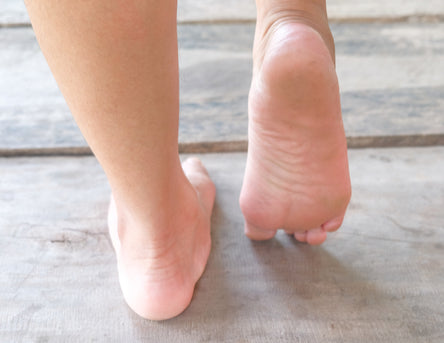
Improper and unsupportive footwear can also be the cause of pain in the heel.
What Can I Do?
It is important to properly diagnose the heel pain so that it can be treated. Conservative and non-invasive treatment is generally recommended for most types of heel pain. Surgery is usually only considered as a last resort after all other treatment methods have failed. Before determining treatment, you will need to determine what type of heel pain you have.
No matter the diagnosis, good footwear is extremely important because footwear can be the cause or aggravator of many types of heel pain. And even if it is not the cause, it is usually part of the solution and treatment. It is usually best to avoid soft and squishy shoes and insoles. Even though they may feel good initially, the lack of support causes instability which can in turn aggravate the pain and cause further inflammation.
In general, you will want to add insoles to your shoes to combat heel pain. The best types of insoles for heel pain have a deep heel cup, which will cradle the heel and funnel the fat pad directly beneath the heel bone providing natural cushion and often pain relief.




